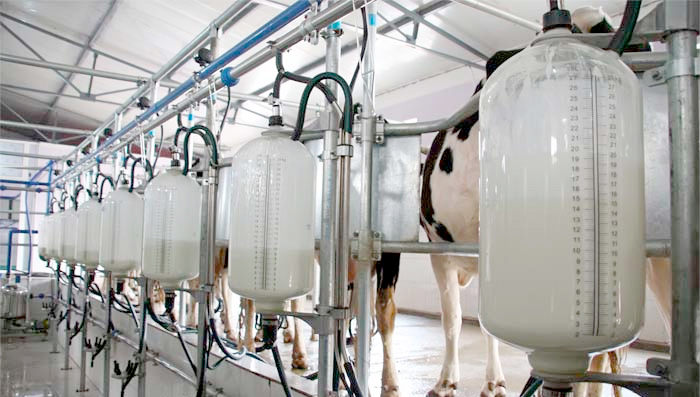
A recovery in wholesale dairy prices is not likely to occur until 2016.
Global milk production is growing at a higher rate than demand and this imbalance is set to continue into 2016 as demand from Russia and China continues to remain weak.
Improvements in price recovery are set to occur in the first half of 2016, with a more significant increase in the second half of the year.
In China there has been a slowdown in demand as a result of slowing economic activity.
Price promotions have been introduced with the aim to bring back consumers, but so far they have failed to attract market growth.
In the second half of 2015 Rabobank forecasts that Chinese milk supply will grow by 1% year on year.
For the remainder of the year Chinese processors are set to work their way through existing stock piles of milk powder.
As a result, imports may continue to contract until 2016 when a stabilisation of volumes will occur year on year.
The ongoing turbulent outlook for the EU poultry industry will further challenge the position of individual poultry companies.
The poultry industry and its market landscapes are changing faster than ever. The emerging challenge for companies active in the western European poultry industry will be to adjust their strategy and business models.
The basic position remains strong: market growth in the industry is still outperforming that of other proteins.
“But the industry needs to acclimatise to a new market reality, with ongoing social concerns about animal welfare and sustainability, an ongoing weak economic environment, volatile input prices and a stronger and more savvy and price-driven customer base,” according to Rabobank Senior Analyst Nan-Dirk Mulder. “This new reality requires a strategic repositioning of individual companies, and it will also require significant investments.”
The report said that the ‘10 Golden Rules for Winners’ model could help individual companies to position themselves in this changing industry landscape and to remain competitive in the future.
This model could help individual companies to come up with a road map which they can further develop in the next five to ten years.
